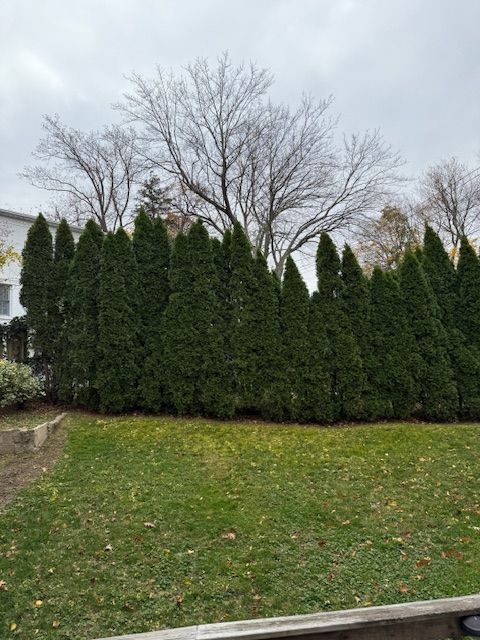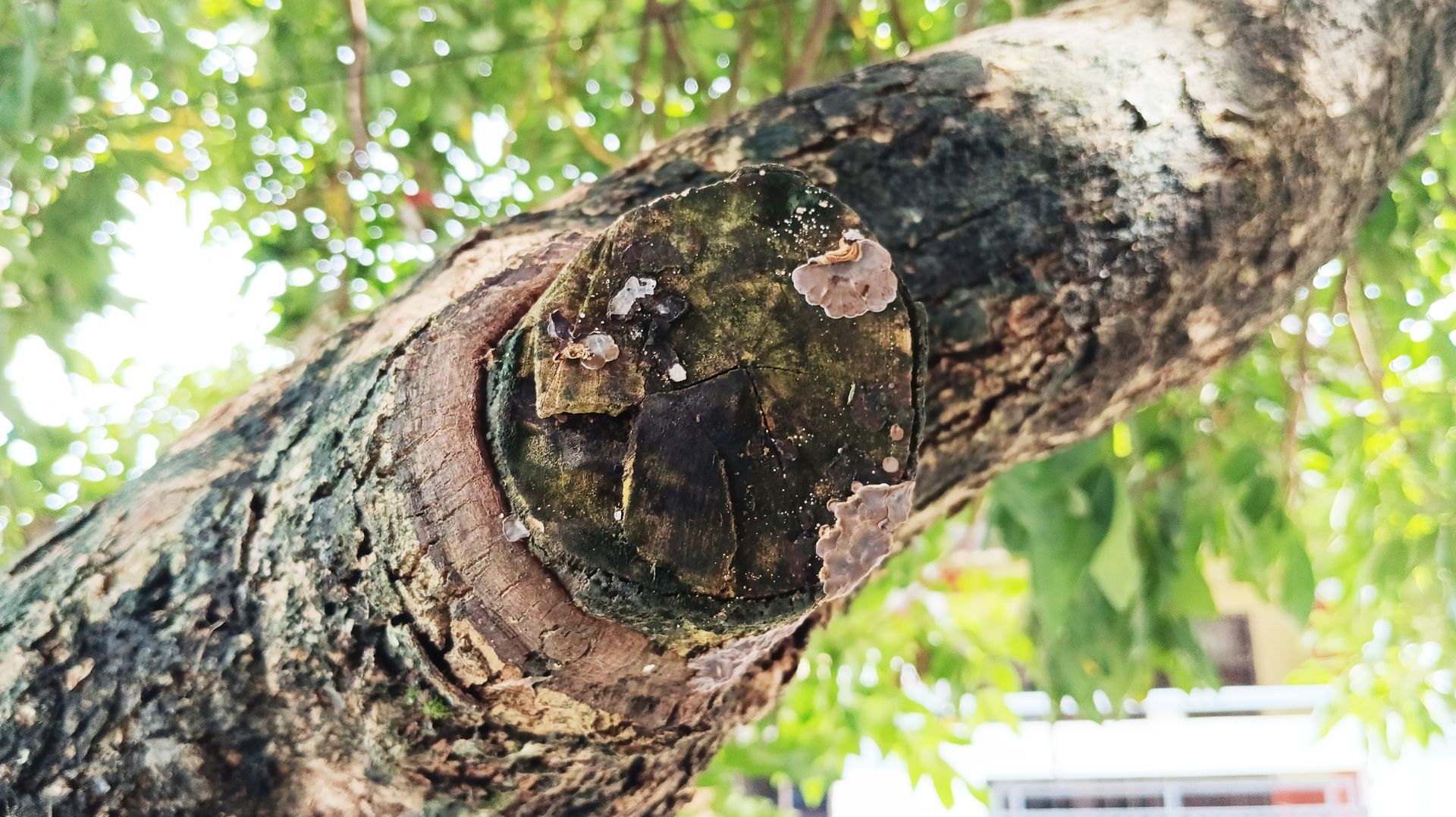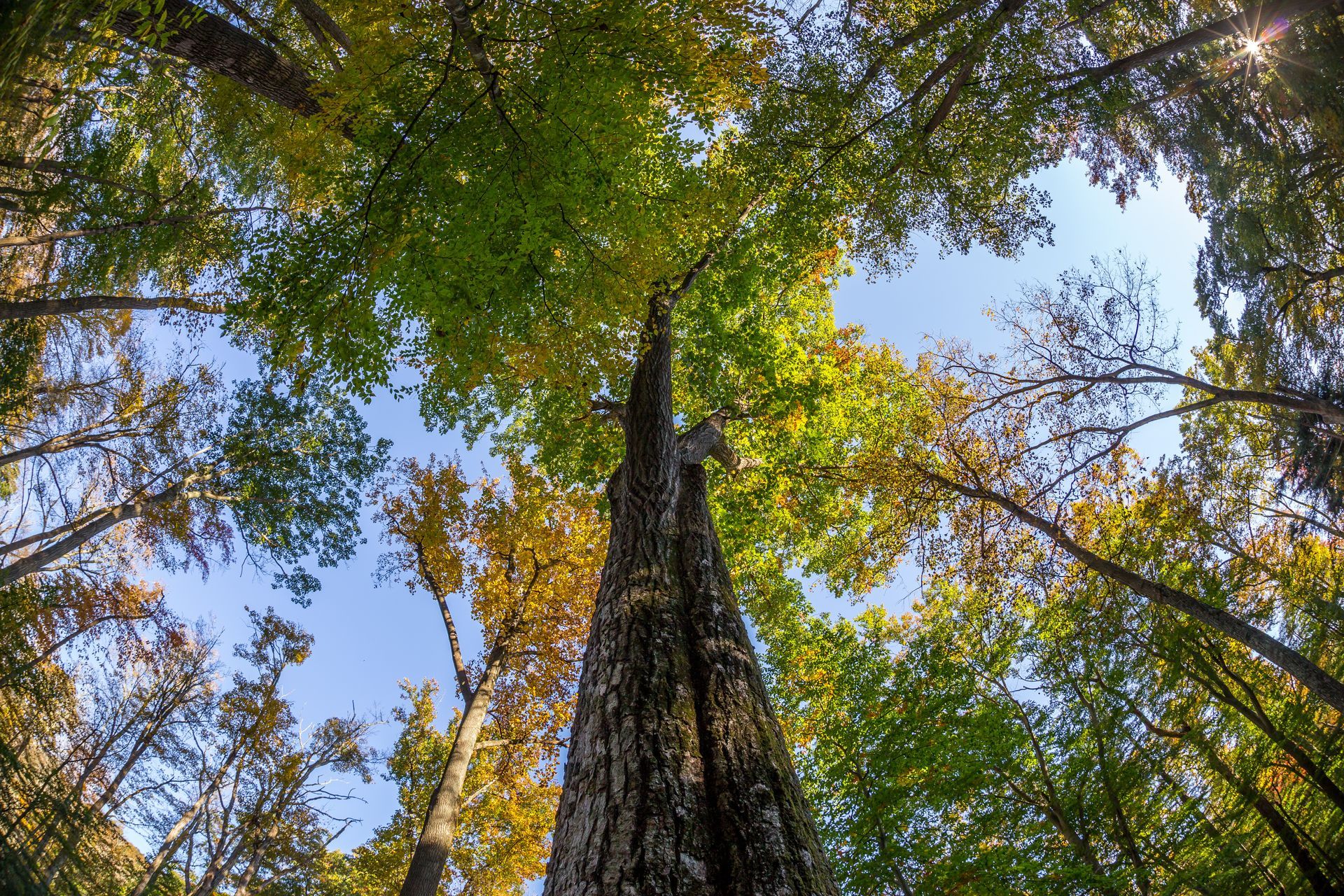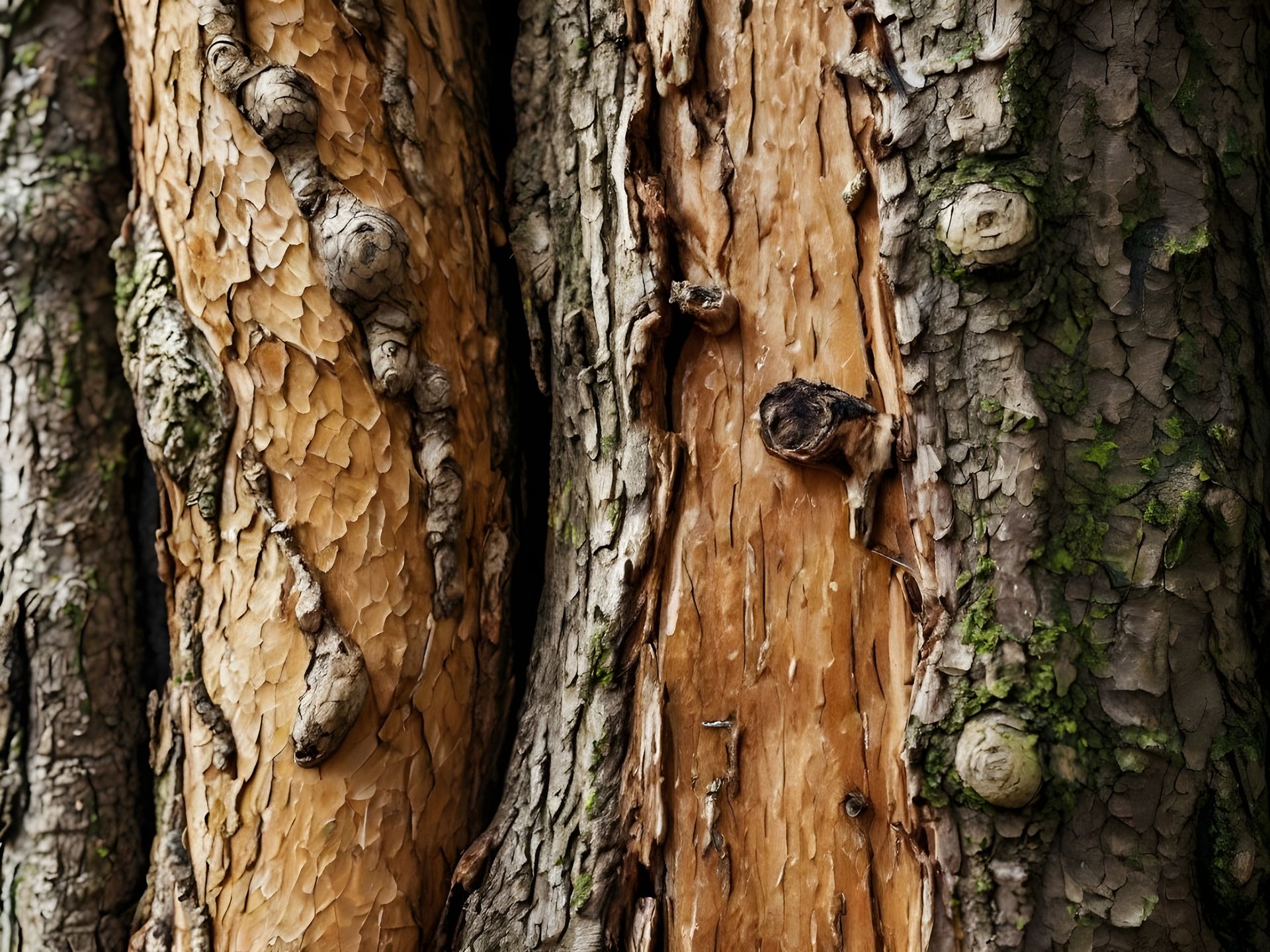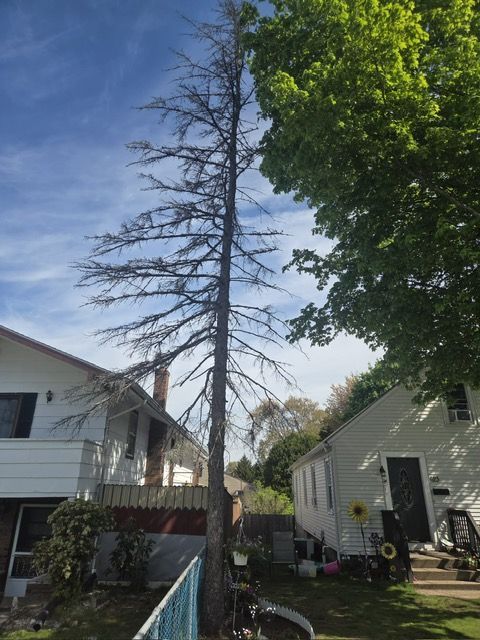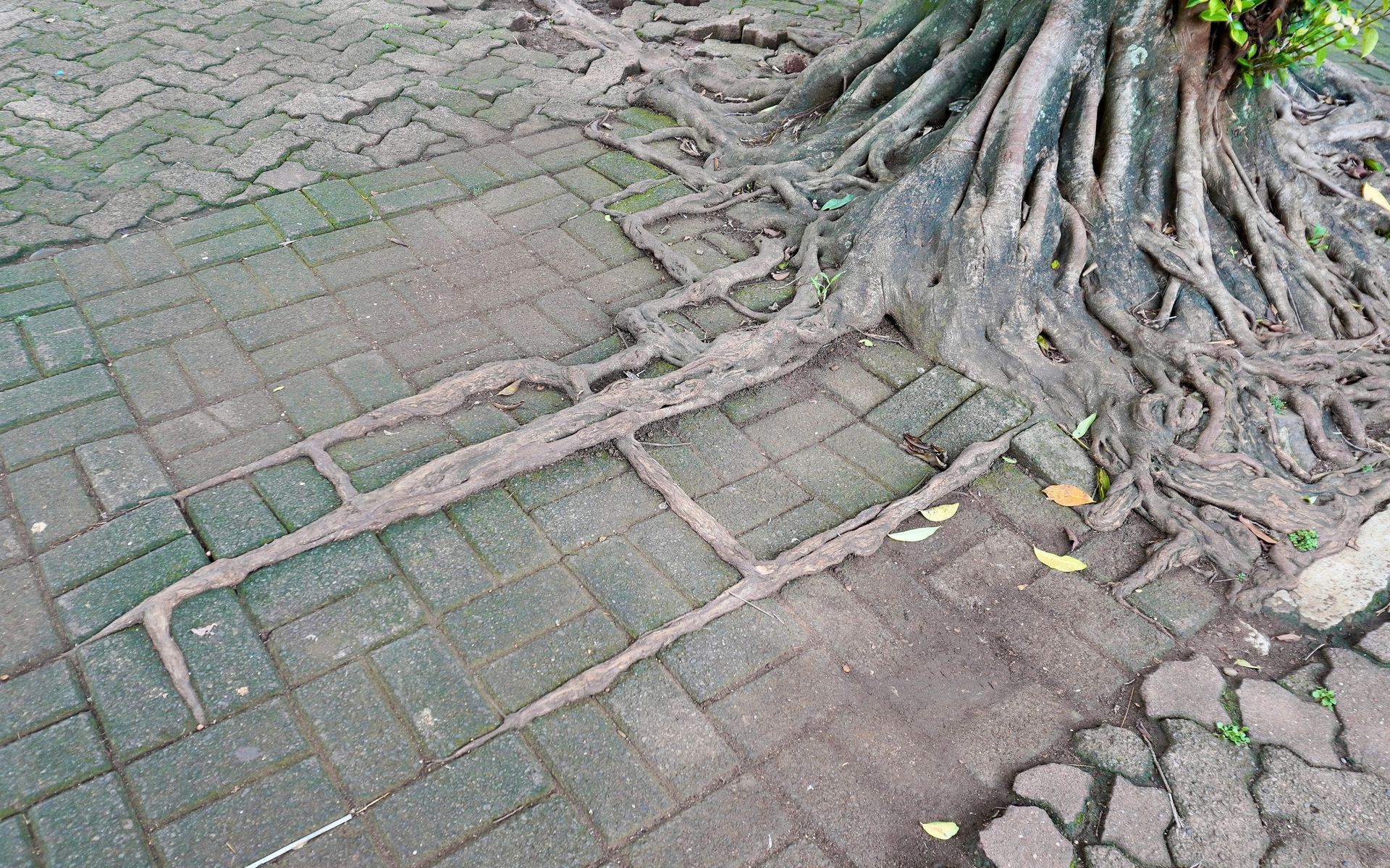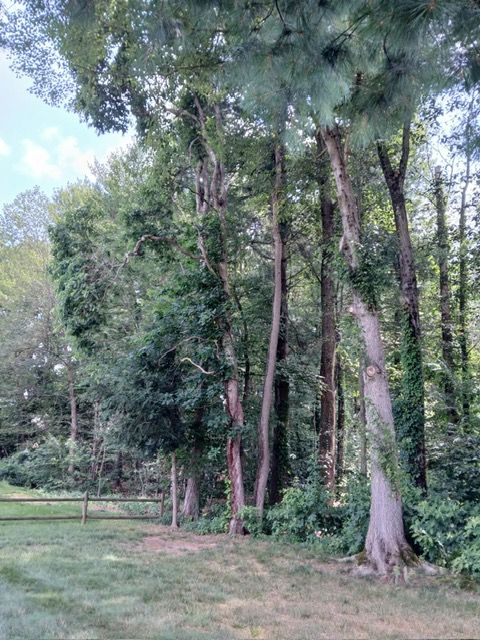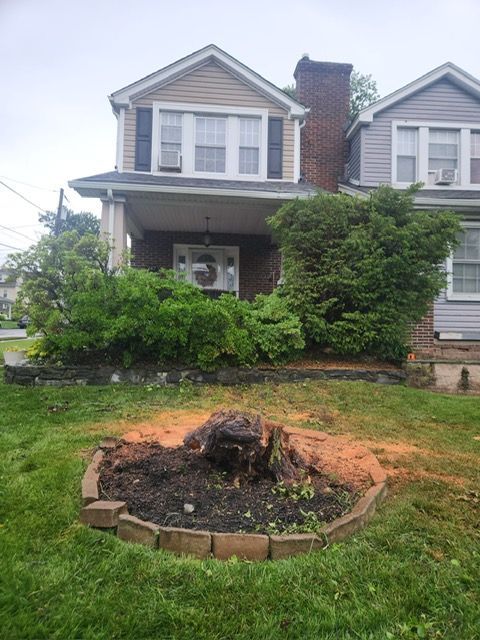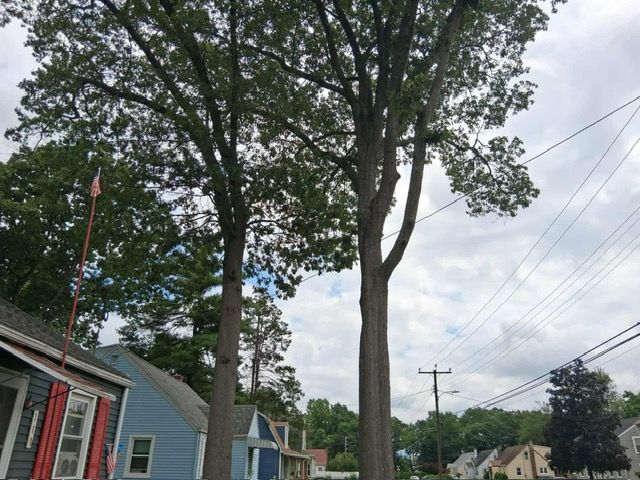Root Realities: The Main Types of Tree Roots You’ll Find in Avon, CT (2025 Guide)
Root Realities: The Main Types of Tree Roots You’ll Find in Avon, CT (2025 Guide)
Answer: In Avon, CT, the most common tree root systems you’ll encounter are lateral (surface) roots, sinker roots, fine feeder roots, and sometimes taproots—each plays a different role in tree stability, health, and how trees interact with your yard.
Your trees do most of their work underground. While we admire their trunks and leaves above, the root system is the hidden scaffold that keeps everything grounded. At Big A’s Avon Tree Service, we've seen how root type and soil conditions in Avon can make a huge difference in which trees succeed—and which end up needing removal.
Let’s dig into the types of roots you’re likely to see on your property, how they behave here in Connecticut, and when root issues become a real problem.
1. Lateral (Structural) Roots
These are the big, woody roots that spread mostly horizontally near the soil surface. They’re the backbone of the tree’s foundation. In Avon’s clay and loam soils, these roots rarely go very deep.
They often cause the most visible yard issues—lifting sidewalks, buckling driveways, or making lawn mowing tricky. Because they’re close to the surface, they’re also vulnerable to damage from digging, construction, or compaction.
2. Sinker Roots
From the lateral roots, smaller “sinker” roots push downward. They act like anchors, finding deeper pockets of moisture. In well-draining soils, they help stabilize the tree during storms.
If the ground’s saturated or compacted, these sinkers may be shallow and less effective—meaning the tree is more likely to shift during heavy rain or wind.
3. Fine Feeder Roots
These are the delicate roots that do the work—absorbing water and nutrients. You’ll mostly find them in the top 6–18 inches of soil.
Because they live so close to the surface, they’re the most sensitive to soil disturbance, piling mulch too deep, or cutting when doing landscaping. Damage here reduces a tree’s health more quickly than damage to structural roots.
4. Taproots (Less Common in Mature Trees)
Some species, especially when young, develop a central deeper root (a taproot). Over time, however, in urban soils, that taproot often shrinks or stops growing.
You might see taproot traits in younger oaks or hickories. But in Avon, with compacted neighborhoods and disturbed soils, full taproot systems are rare in older trees.
🛠 When Roots Become a Problem
- Roots pushing up concrete or cracks in sidewalks
- Exposed roots causing tripping hazards
- Roots growing into drain or plumbing lines
- Roots injured by construction or soil compaction
- Trees that lean after root disturbance
If you notice signs like sidewalk lifting, shifting soil near the trunk, or stressed foliage, root damage might be the culprit. That’s when we come in for root evaluations, root pruning or, in severe cases, tree removal.
🌲 Why Root Type Matters for Tree Care
Knowing what kind of roots your trees have helps with:
- Placement decisions (how close to structures you can safely plant)
- Preventing damage from infrastructure or landscaping
- Health care plans tailored to root behavior (mulching, aeration, watering depth)
- Risk assessment before storms
Because at Big A’s Avon Tree Service, we’ve worked with roots and trees all over Avon, Weatogue, Unionville, and Canton for years. We know how Connecticut soil and seasonal cycles affect roots more than many people realize.
📞 Final Word
Trees are anchored underground right when you need them to hold through wind, rain, or snow. Understanding root types gives you the power to protect them.
If you're worried your trees’ roots are causing trouble or want a professional root inspection, give Big A’s Avon Tree Service a call. Our licensed team will help you keep your trees safe—aboveground and below.
